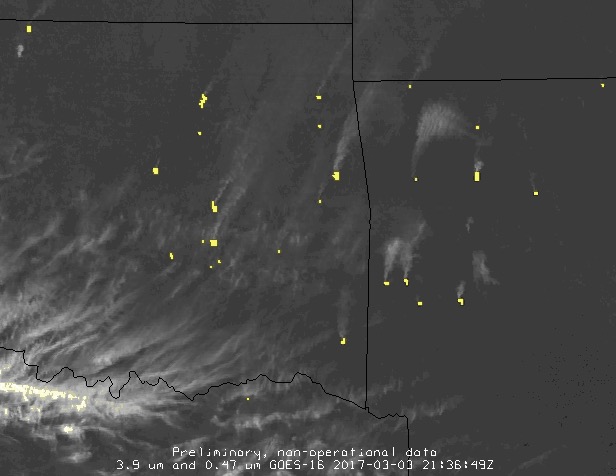Above: screen grab from the NASA video. This image is from August 31, 2017.
NASA’s Goddard Space Flight Center has put together an incredible animation that make it possible to track smoke, dust from Africa, and sea salt. “Sea salt?” you’re thinking? Yes, winds over the oceans pick up salt which becomes visible to sensors on the satellites making it possible to visualize wind patterns, including hurricanes, over the vast expanses of the oceans.
This visualization uses data from NASA satellites, combined with mathematical models in a computer simulation allow scientists to study the physical processes in our atmosphere.
I watched this five times seeing something different with each viewing. So what are you going to watch? Wildfire smoke in Canada? Smoke in Portugal? Smoke in the western U.S.? Smoke in the Southeast? Or dust coming from Africa? Or the wind patterns and hurricanes in the Atlantic? Or the smoke that begins on October 9 northeast of San Francisco generated from the destruction of thousands of homes? Or smoke from fires in Italy?
If you look VERY carefully, you will be able to see a little smoke from something very rare — a wildfire in Greenland, near the coast on the southwest side of the island intermittently between August 2 and 15. (More info about the fire in Greenland.)
I suggest clicking on the full-screen button at the lower right after you start the video. If you’re having trouble viewing it, you can also see it on YouTube.




